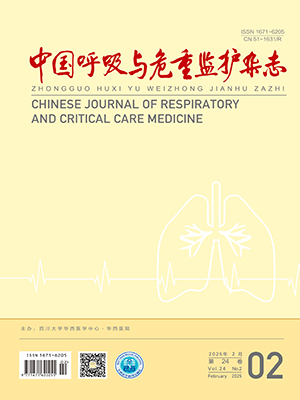Objective To examine the effects of hypoxia on endothelial-to-mesenchymal transition of porcine pulmonary arterial endothelial cells ( PAECs) .
Methods The porcine PAECs were divided into a normoxia group and a hypoxia group. The cells in two groups were exposed to normoxic or hypoxic condition for 1,4, and 7 days respectively. The immunofluorescence,Western blot and RT-PCR were used to detect the protein and mRNA expressions of VE-cadherin and α-SMA.
Results The porcine primary PAECs formed typical monolayer of cobblestone appearance on normoxia condition, and had a spindle-shaped appearance on hypoxia condition. Immunofluorescence results showed that these PAECs expressed mesenchymal cells specific marker of α-SMA. With the hypoxic time prolongation, the ratio of transdifferentiated smooth musclelike cells from PAECs was gradually increased ( P lt; 0. 01) . Western blot assay demonstrated that the expression level of VE-cadherin protein and mRNA was reduced gradually, but the expression level of α-SMA protein and mRNA was increased.
Conclusion Hypoxia can induce endothelial-to-mesenchymal transition, which may be involved in the development of a variety of diseases.
Citation: PENG Minlian,DAI Aiguo,JIANG Yongliang,TAN Yongli. Identification of Endothelial-to-Mesenchymal Transition Induced by Hypoxia in Porcine Pulmonary Artery Endothelial Cells and Its Biological Significance. Chinese Journal of Respiratory and Critical Care Medicine, 2013, 12(4): 398-403. doi: 10 . 7507 /1671 -6205 . 20130095 Copy
Copyright © the editorial department of Chinese Journal of Respiratory and Critical Care Medicine of West China Medical Publisher. All rights reserved
-
Previous Article
Quality Control of Forced Vital Capacity Measurement in Elderly Patients -
Next Article
皮氏罗尔斯顿菌致ICU 内患者脓毒症5 例并文献复习




